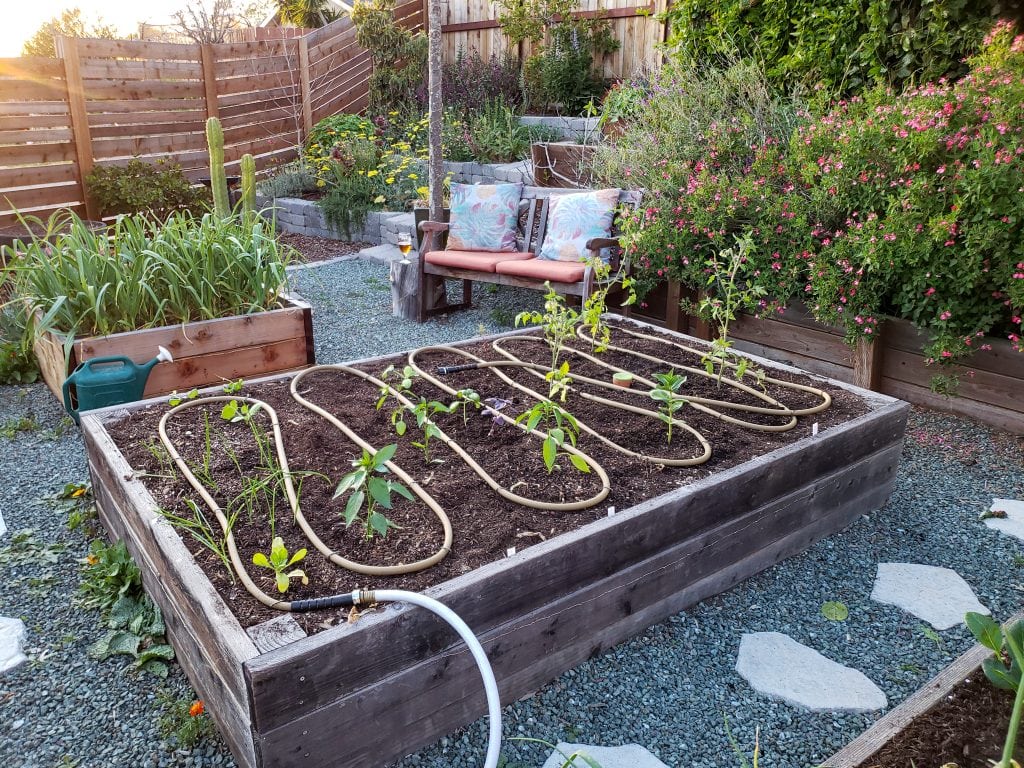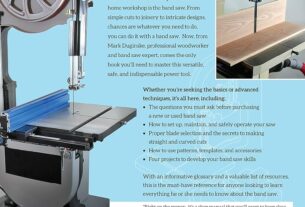Are you tired of seeing your water bill skyrocket every month? Are you looking for ways to conserve water and reduce your carbon footprint? Well, look no further than water tools! These innovative products can help you manage your water usage and save money on your bills. In this article, we will explore the different types of water tools available, their benefits, and how to use them effectively.
[h2]What are Water Tools?[/h2]
Water tools are devices that help you manage your water consumption. They come in different shapes, sizes, and functionalities. Some are designed for indoor use while others are suitable for outdoor activities such as gardening. Regardless of their purpose, all water tools aim to promote efficient water management by reducing wastage and optimizing usage.
[h2]Types of Water Tools[/h2]
There are numerous types of water tools available on the market today. Here are some of the most popular ones:
[h3]1. Low-Flow Showerheads[/h3]
Low-flow showerheads use less water than traditional showerheads but still provide a refreshing shower experience. They typically use 1.5 gallons per minute (gpm) or less compared to the standard 2.5 gpm used by regular showerheads.
[h3]2. Faucet Aerators[/h3]
Faucet aerators attach to the end of your faucet and mix air with water to create a steady stream that uses less water without sacrificing pressure. They can reduce faucet flow rates by up to 60% resulting in significant savings on your water bill.
[h3]3. Dual-Flush Toilets[/h3]
Dual-flush toilets have two buttons or handles that allow users to choose between a full flush or a half flush depending on their needs. This feature saves up to 68% more water than traditional toilets.
[h3]4. Rain Barrels[/h3]
Rain barrels collect and store rainwater runoff from your roof for use in watering plants or washing cars. They are a great way to conserve water and reduce stormwater runoff that can lead to erosion and pollution.
[h3]5. Drip Irrigation Systems[/h3]
Drip irrigation systems deliver water directly to the roots of plants through a network of tubes and emitters. They use less water than overhead sprinklers or hand watering and can be programmed to run on a timer.
[h2]Benefits of Water Tools[/h2]
Using water tools offers numerous benefits, including:
[h3]1. Reduced Water Bills[/h3]
Water tools help reduce water consumption, resulting in lower monthly bills. Installing low-flow showerheads, faucet aerators, and dual-flush toilets can save you up to 50% on your water bill.
[h3]2. Conserves Natural Resources[/h3]
Conserving water means preserving our natural resources such as freshwater lakes, rivers, and aquifers. By using water tools, we can reduce our impact on the environment and ensure that future generations have access to clean water.
[h3]3. Reduces Energy Consumption[/h3]
Reducing water usage also means reducing energy consumption needed to pump, treat, and distribute it. This translates into lower carbon emissions and reduced reliance on non-renewable energy sources.
[h2]How to Use Water Tools Effectively[/h2]
To get the most out of your water tools, follow these tips:
[h3]1. Choose the Right Tool for the Job[/h3]
Different water tools serve different purposes; choose the right one for the job at hand. For example, if you want to irrigate plants effectively, drip irrigation systems are more efficient than sprinklers.
[h3]2. Check for Leaks Regularly[/h3]
Leaks waste water and can increase your bills significantly. Check your faucets, pipes, and toilets regularly for leaks and fix them promptly.
[h3]3. Follow the Manufacturer’s Instructions[/h3]
Each water tool comes with specific instructions on how to use it correctly. Follow these instructions carefully to ensure maximum efficiency and longevity.
[h3]4. Be Mindful of Water Usage[/h3]
Using water tools is not an excuse to waste water. Be mindful of your usage and adjust accordingly. For example, shorten your shower time, turn off the tap while brushing your teeth, and only run full dishwasher loads.
[h2]Conclusion[/h2]
Water tools are essential devices for efficient water management in homes and gardens. By using low-flow showerheads, faucet aerators, dual-flush toilets, rain barrels, and drip irrigation systems, we can reduce our water consumption significantly, leading to lower bills and a more sustainable future. Remember to choose the right tool for the job, check for leaks regularly, follow manufacturer’s instructions and be mindful of your usage.
References:
1. “Water conservation,” Wikipedia
2. “Save Water,” Environmental Protection Agency
3. “How to Conserve Water at Home,” National Geographic




